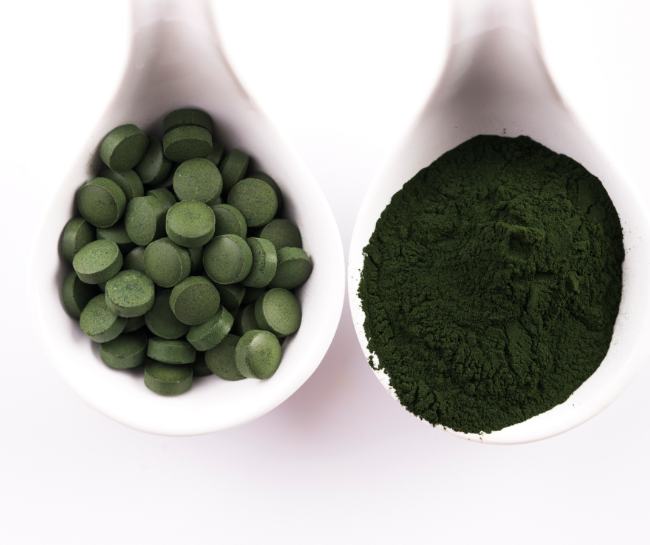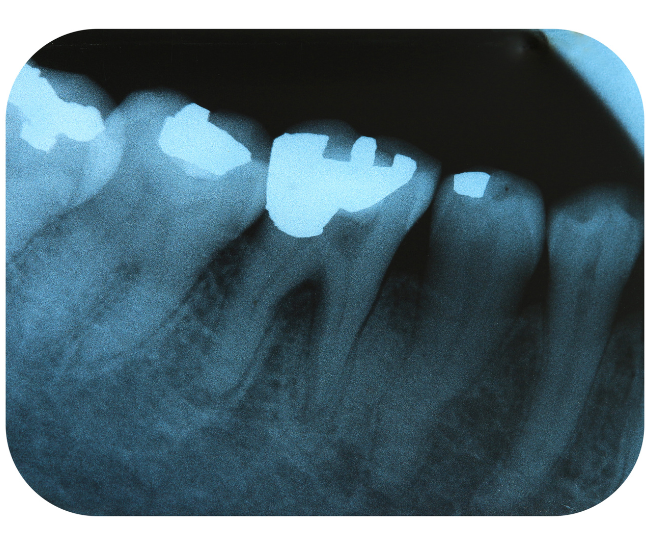Amalgam fillings are manufactured materials used to treat cavities left by dental disease. The chemical characteristics of elemental mercury enable it to interact with tin alloys, Ag, Cu particles bind them together to create an amalgam. Because of their silver-like look, amalgam fillings are commonly known as “silver fillings.” However, this phrase is not encouraged because it wouldn’t accurately describe the ingredients in amalgam.
On the other hand, amalgam fillings comprise elemental mercury, which is released as a gas that may be breathed and taken in by the lungs. High-pressure mercury exposure at elevated amounts has been linked to negative consequences in the brains and kidneys. Continue reading to learn more about the supplements to avoid amalgam fillings.
What are the supplements you should take if you have amalgam fillings

Antioxidants may help reduce adverse effects and speed up the body’s elimination of this harmful metal. If you have amalgam fillings, you must avoid certain supplements and vitamins to prevent mercury poisoning.
Alpha-Lipoic Acid

Do not use alpha-lipoic acid if you have amalgam fillings in the mouth. Mercury will be extracted from the fillings and deposited in the brain.
Furthermore, because ALA has a half-life of approximately 3-4 hours, this must be taken regularly and in small doses to maintain the high body levels. It’ll be like a magnet shutting down, and the material that is bonded to it will detach from and be decided to drop and dispersed in the blood system and most probable in the brain.
Moreover, if you consume ALA, notwithstanding these warnings, you may get increased mercury poisoning symptoms.
Vitamin B12

Vitamin B12 may combine with amalgam fillings to produce methyl mercury, potentially more harmful than toxic metals. However, you should only consume adenosylcobalamin if you need to use Vitamin B12 pills in large amounts regularly. The effectiveness of this strategy may be measured by the improvement in symptoms and laboratory testing results.
DMSA

Never use DMSA on your own; instead, consult a qualified healthcare professional. It is derived from Antarctic krill and is high in EPA and DHA. Inactive molecules like hydroxo or cyan cobalamin are converted to active principles within the system. Furthermore, taking Methylcobalamin will produce the same issue since it will go through the blood to every organ and tissue in your body.
Cilantro

Cilantro leaf should only be used as a decoration on exceptional occasions. Do not succumb to the fad of taking cilantro supplements or cooking stews and beverages with a lot of cilantro. However, these compounds have the unintended consequence of releasing mercury from amalgam fillings, and also mercury contained in cells and tissues, such as the brain, subjecting the afflicted individual to this very poisonous metal.
Chlorella

It is frequently promoted as a healthy supplement for patients with various medical concerns, particularly mercury exposure, by well-intentioned doctors and laypeople. Chlorella’s cell walls have unique features that attach to toxic substances and other pollutants.
Removing mercury from the body involves excretion through bowel movements. 2 or 3 movements per day is thought to be optimal. Taking freshly ground flaxseed can help this. Up your daily intake of fresh water to at least 2 litres per day.
How to Detox After the Mercury Amalgam Filling Removal
Knowing the signs and symptoms of mercury poisoning from amalgam fillings

Mercury ingested within the body may collect in practically every organ, which explains the vast spectrum of symptoms. Inorganic mercury from amalgam fillings enters your lungs at a rate of about 80%, and this mercury travels throughout your body, affecting your kidneys, brain, lungs, liver, and digestive system. There are numerous factors that affect inorganic mercury’s half-life: the area where it’s been deposited and the degree of corrosion. Mercury accumulating in the brain, for example, has a half-life of decades.
Specific toxic consequences of mercury exposure differ, including one or a mix of signs that may be evident, changing over time. The existence of other medical issues, the number of amalgam fillings within the mouth, alcohol, lead exposure, genetic predisposition, gender, dental plaque, milk or seafood intake, and other variables all impact this unique response to dental amalgam.
Putting aside the fact that different responses to mercury vary, the impacts of such exposures are more pervasive since signs of mercury poisoning could indeed take several years to occur. Previous risks, mainly low-level and severe (which is often the situation with amalgam fillings), may not be linked to the postponed initial symptoms. That’s not unusual, but there are also many different signs of mercury poisoning. There are many other health implications with amalgam fillings.
Seven signs of mercury poisoning
If you show any of the symptoms below, you might be suffering from mercury poisoning due to your amalgam fillings:
- Irritability and anxiety
- Persistent headaches
- Muscle twitching
- Weakness
- Tremors
- Unpleasant taste of metal in the mouth
- Nausea
If symptoms persist, make sure to consult a professional healthcare provider at once.
The most commonly accepted methods of assessing mercury exposure are to test urine or blood. Both tests usually measure levels of total mercury (elemental, inorganic and organic). Elevated mercury in urine usually indicates exposure to an elemental or inorganic source of mercury, such as from a job that uses mercury.
Understanding Mercury Exposure Levels
Comment below to share your thoughts and don’t miss our blog on vitamin deficiency.

